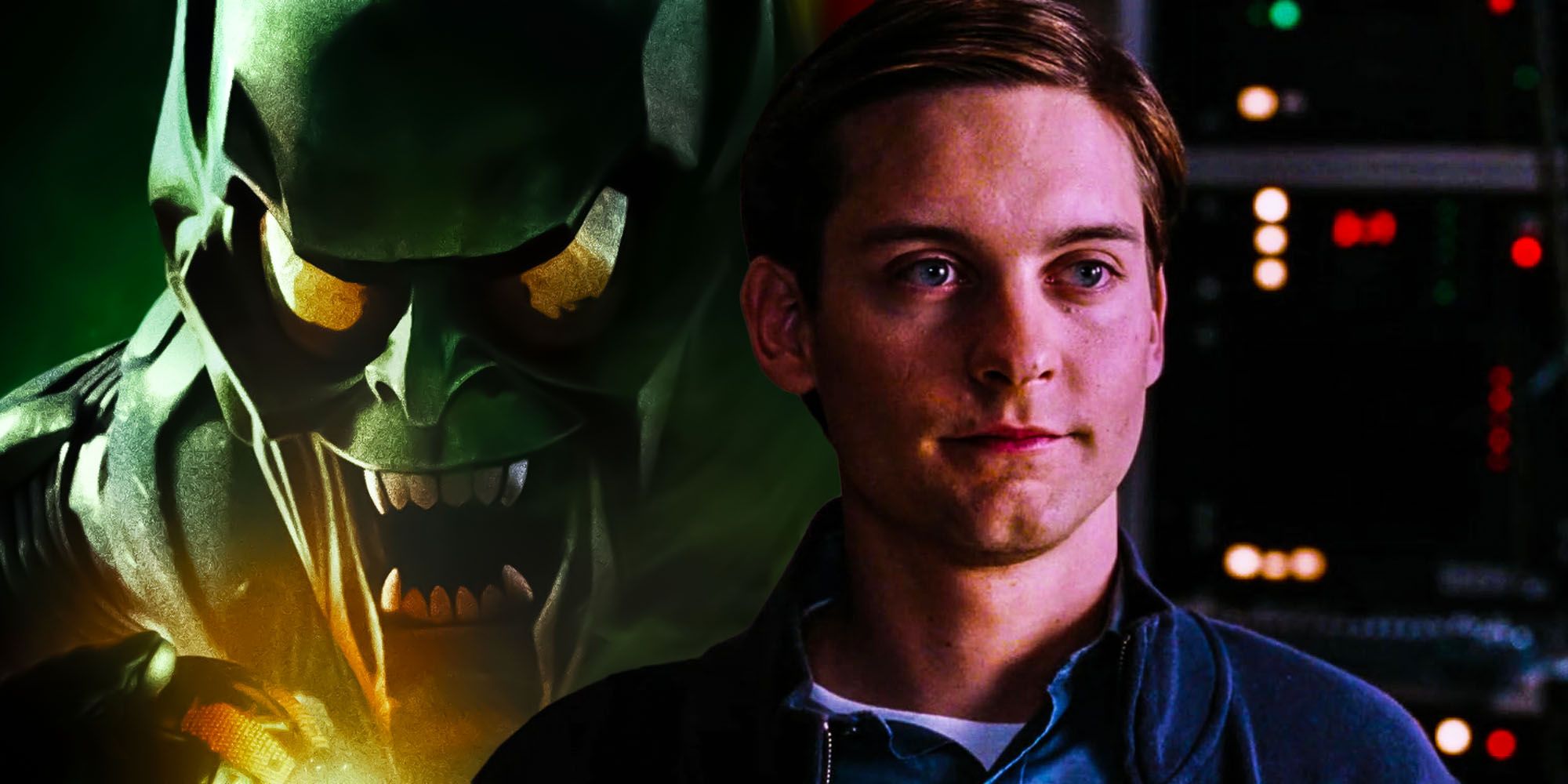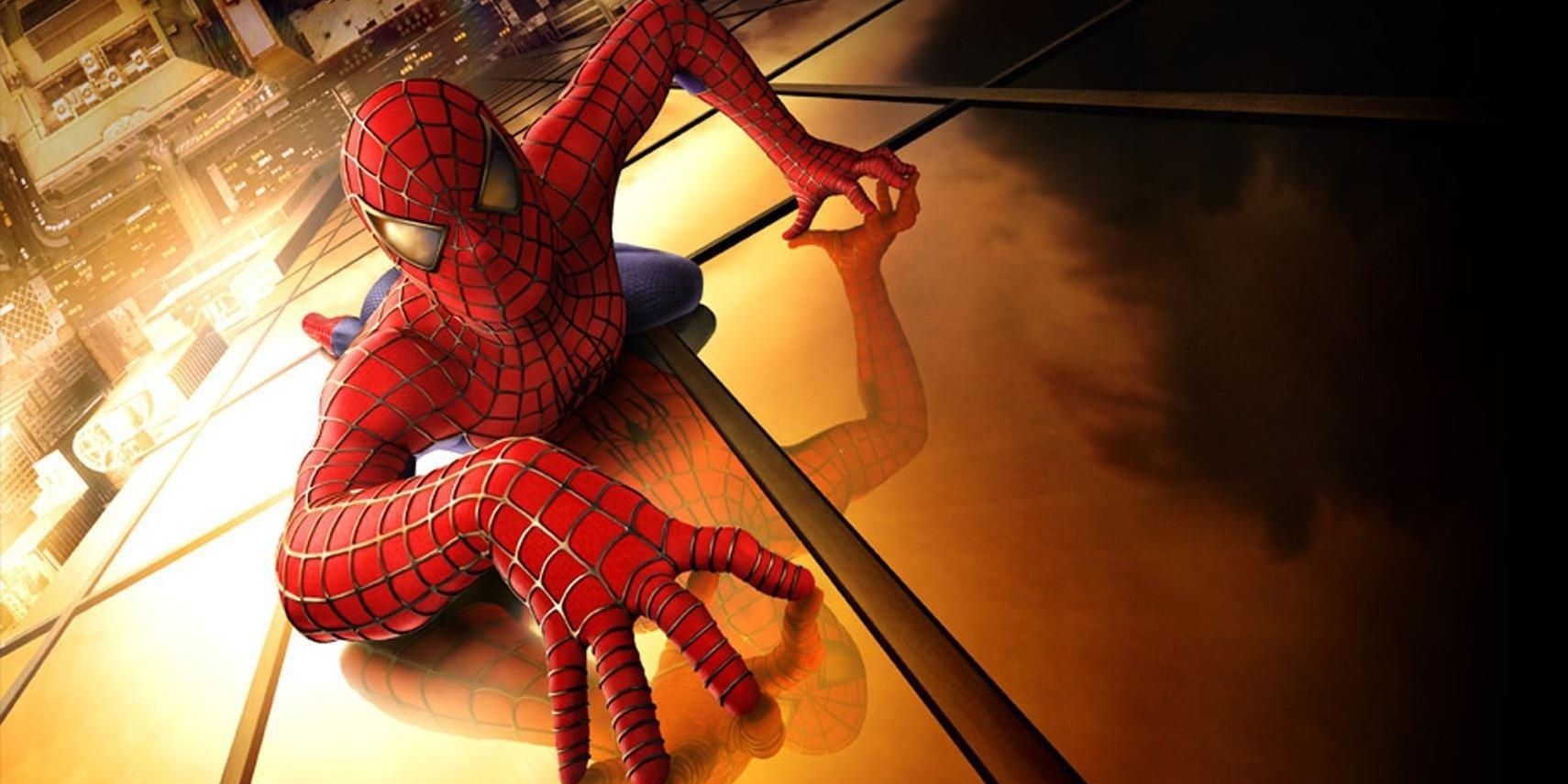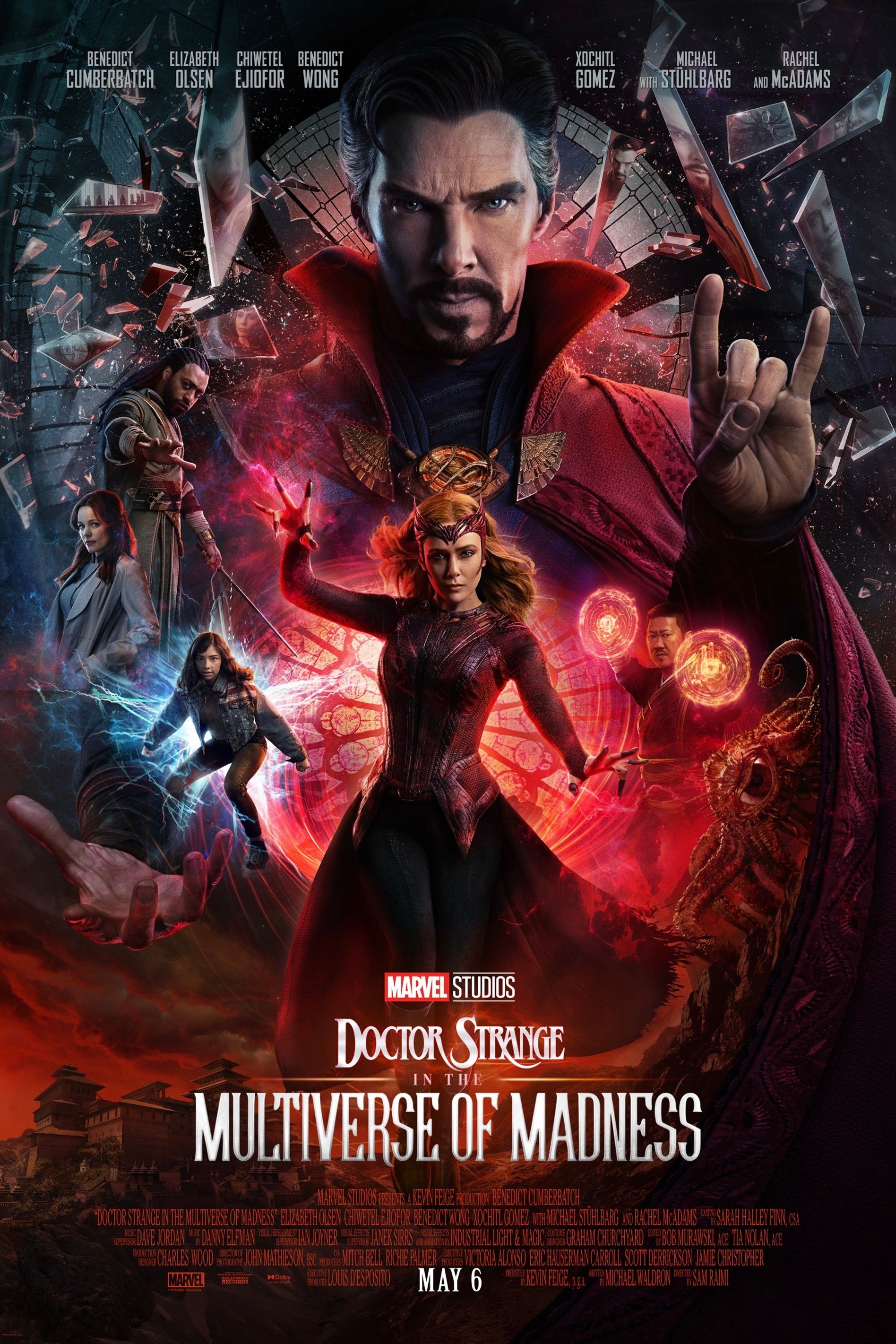Warning: This article contains spoilers for Spider-Man: No Way Home.
Spider-Man: No Way Home sees the long-awaited return of Tobey Maguire and Andrew Garfield’s iterations of Peter Parker, with the former fixing a problem with his iteration. The Spider-Man of Sam Raimi’s Spider-Man trilogy was renowned for its accuracy to the comic version, but there were some notable differences between the two iterations. The most obvious of these was his power to shoot webbing from his wrists rather than using a device, but he also never applied his scientific genius in the Raimi films or spinoff material. No Way Home finally shows this side of Peter Parker, making Maguire’s iteration an even better representation of the comic version.
Spider-Man has always been depicted as a gifted scientist, developing his signature web-shooters and synthetic web-fluid in his 1962 Amazing Fantasy debut. The Andrew Garfield and Tom Holland iterations of the web-slinger often showed this side of Peter Parker in their films. Not only did they develop their web gadgetry as the comic version did, but they also applied their brilliance against their opponents. Andrew Garfield helped deploy an antidote to the Lizard’s reptilian serum and defeated Electro by overloading him. Tom Holland’s Spider-Man designed his red and black upgraded suit at the end of Spider-Man: Far From Home to defeat Mysterio. However, Tobey Maguire’s iteration was noticeably missing similar feats in his films.
Peter Parker was repeatedly said to be a scientific genius in the Sam Raimi Spider-Man trilogy, with classmates and world-renowned scientists alike complimenting his aptitude. The problem was that the films told viewers rather than showing them. Unfortunately, even the Raimi Spider-Man universe’s spinoff materials, such as its video games and novelizations, didn’t meaningfully apply Peter Parker’s intelligence. This finally changed in No Way Home when Peter Parker helps develop a counter agent for Norman Osborn’s Goblin formula.
Peter Parker (or “Peter-Two,” as he’s dubbed to avoid confusion) reveals that he’d been working on a neutralizer for the Goblin formula for some time. Considering his lack of knowledge of the Green Goblin’s identity until the end of 2002’s Spider-Man, this implies that perhaps he began work on the counter agent during the events of Spider-Man 3, when his best friend, Harry Osborn, took his father’s formula and became the menacing New Goblin. In the decades between Harry’s death and No Way Home, Spider-Man might have even encountered his universe’s iteration of the Hobgoblin (who was foreshadowed in Spider-Man 3), who uses a modified Goblin formula that lacks the original’s side effect of insanity.
Another common complaint about the Raimi Spider-Man films was Spider-Man’s lack of banter. Spider-Man’s trademark witticisms were few and far between in the Raimi films, but the continuity’s video games more than compensate for this. What was a rarely-seen trait in the Raimi films is showcased constantly in the games, showing that Tobey Maguire’s Peter Parker is an extremely accurate adaptation of the comic version.
By showing Peter Parker’s scientific genius, No Way Home gives viewers a satisfying and perhaps unexpected payoff. The Sam Raimi Spider-Man films were deservedly among the superhero genre’s most beloved films, and the specific way that No Way Home applies Spider-Man’s brilliance makes them retroactively greater. Like other Sam Raimi Spider-Man spinoff material, Spider-Man: No Way Home proves that Tobey Maguire’s Peter Parker is one of the most accurate adaptations of the iconic superhero.







